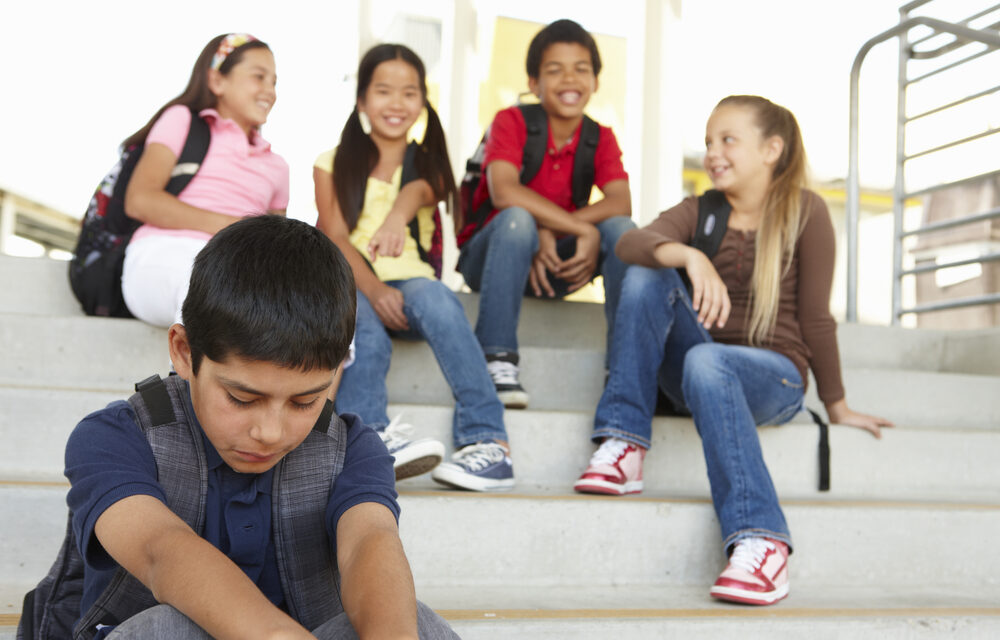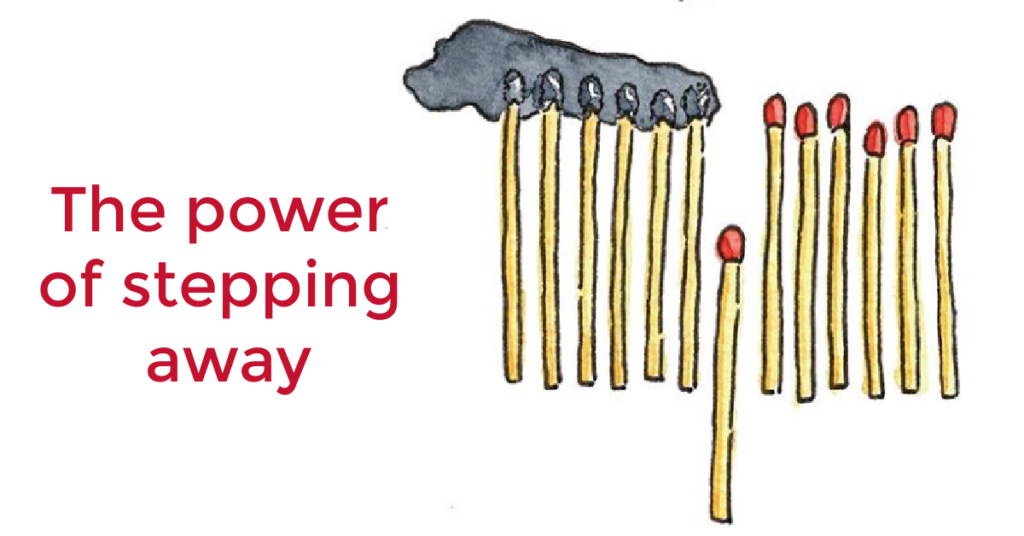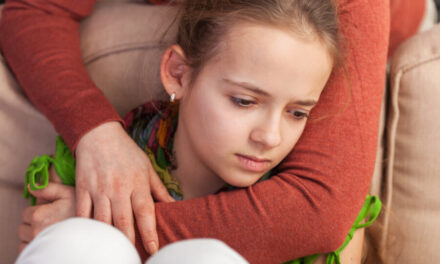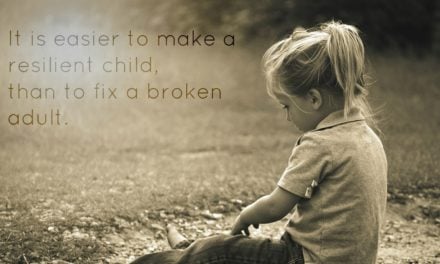Social problems at school can be devastating for our kids. How can we teach them to build each other up instead of tearing each other down?
Watching the social dynamics of a middle-school playground at lunchtime is fascinating. I love watching kids banter and laugh and throw their arms around one another. Their friendships are so intense at this age.
However, despite the happy noise, there aren’t a lot of adolescents who find the social aspect of school easy. Usually, there is a lot of effort being spent on fitting in and negotiating friendship group politics. Kids are learning who they are and who they belong to. Unfortunately, in all of this people get hurt, especially if they are somehow different. Too many kids spend too many years thinking, “I can’t wait to get out of here!”
Most of the drama and bad behaviour in schools comes from kids being impulsive and simply not turning on their empathy. They want to be liked and feel good, and sometimes that leads to making someone else feel bad. In order to have an in-crowd, there needs to be an out-crowd.
That said, most adolescents are caring at heart and it is possible to make schools kinder places. It involves parents and teachers working together and prioritising social-emotional learning. It has to matter more that kids be kind.
There are so many skills and lessons we need to teach adolescents. No blog post is going to cover them all. However, here are four ideas that I regularly share with students.
Four Lessons to Help Reduce Social Problems at School
1. Teach kids to gossip positively
When we hear the word ‘gossip’, we tend to think immediately of mean girls and nastiness. However, that’s not the real story. According to research, both males and females participate in gossip equally.
Technically, we are gossiping every time we talk about someone who isn’t in the room. About 75% of that talk is neutral, 15% is negative gossip that tears others down and 10% is kind gossip that builds others up. With effort and education, those percentages can be changed. In fact, if you alter the amount of mean gossip versus good gossip you can change the whole culture of a school (or workplace!).
When I talk to kids about gossip, I refer to their school as a pond. The gossip they drop into the pond creates ripples. Positive gossip creates a culture where kids boost each other up. It encourages kids to be confident and to support each other. Throwing negative gossip into the pond causes ripples of anger, depression, anxiety, and low self-esteem.
If we could promote positive gossip and discourage negative gossip, even just a bit, imagine the difference to a school!
2. Teach kids not to play with friendship fire
Conflict in friendships is inevitable and normal. If kids are being authentic there will be disagreements and even flare-ups. We accept those conflicts as opportunities for coaching and learning about conflict resolution. However, friendship fires are a whole different thing.
Friendship flare-ups spring into full-blown firestorms given enough fuel and oxygen. At school, when a conflict arises between two friends, often there will be a process of recruitment that takes place. Both parties will draw in others to take their side and the conflict escalates.
Kids get involved in other people’s conflicts for a number of reasons including:
- Boredom
- The desire to be included
- An inability to resist pressure from others
- A sense of indignant righteousness that sees injustice at work
If we could teach kids to step away from the fire rather than throwing on more fuel, there would be a lot less drama in the average school day. How does a child step away? They don’t send the mean text or make a comment on socials. They don’t pick a side. They distract others from moments of meanness, and they choose empathy.
We need to make it cool to be the child who steps away from the fire and prevents a firestorm.
3. Teach the power of the pause
When it comes to friendship issues, kids tend to be impulsive. Adolescents operate predominantly from their amygdala. That’s the part of the brain devoted to instinct and emotion. It develops very early in life.
The rational, thinking part of the brain that understands consequences doesn’t develop to an adult state until the mid-twenties.
That gap in development means often our kids are acting impulsively, and they need our guidance. We need to notice their competency gaps and help to fill them. It’s all about learning and growing. Perhaps the greatest skill we can teach is the pause.
If we could coach our kids to pause, breathe, and think before acting or speaking, we could make all the difference. They won’t get it right every time, let’s face it, adults don’t always get it right! However, they will make better choices more often.
Writer and speaker Rebecca Sparrow tells students that ‘high school is all about five-minute moments and what we do in those moments determines who we are’.
4. Teach kids to show their brightest colours
The thing I like most about teaching is bearing witness to all the weird. Every child has their own weird … that thing that makes them different and wonderful. Unfortunately, at school, kids want to fit in so desperately that they hide their weird and try to blend in until they are all muted shades of the same colour. They are afraid of judgement and shame and not belonging, so they hide their true colours.
We need to teach kids the value of difference. If we can draw their attention to the fact that our culture is judgemental and full of nonsense rules about how we should look and how we should be, we might be able to help them break free.
In an ideal world, our kids would give each other ‘space to be’. They would also allow themselves that same freedom. We can take steps towards that reality if we:
- Make a point of valuing and highlighting differences
- Model what it looks like to be authentic
- Help kids make peace with the fact that if they are authentic not everyone will like them, but they will find their tribe.
Finally…
The ultimate aim of guiding kids through their social issues is to help them realise, we all have an inner light. We need to tend our own light, and we need to help the light in others burn brightly. That is what will ultimately make our kids feel connected and grant the belonging they are seeking. Just keep explaining, there is plenty of light to go around.









